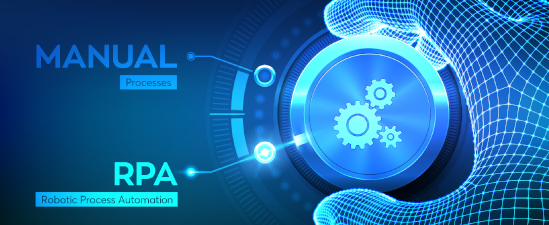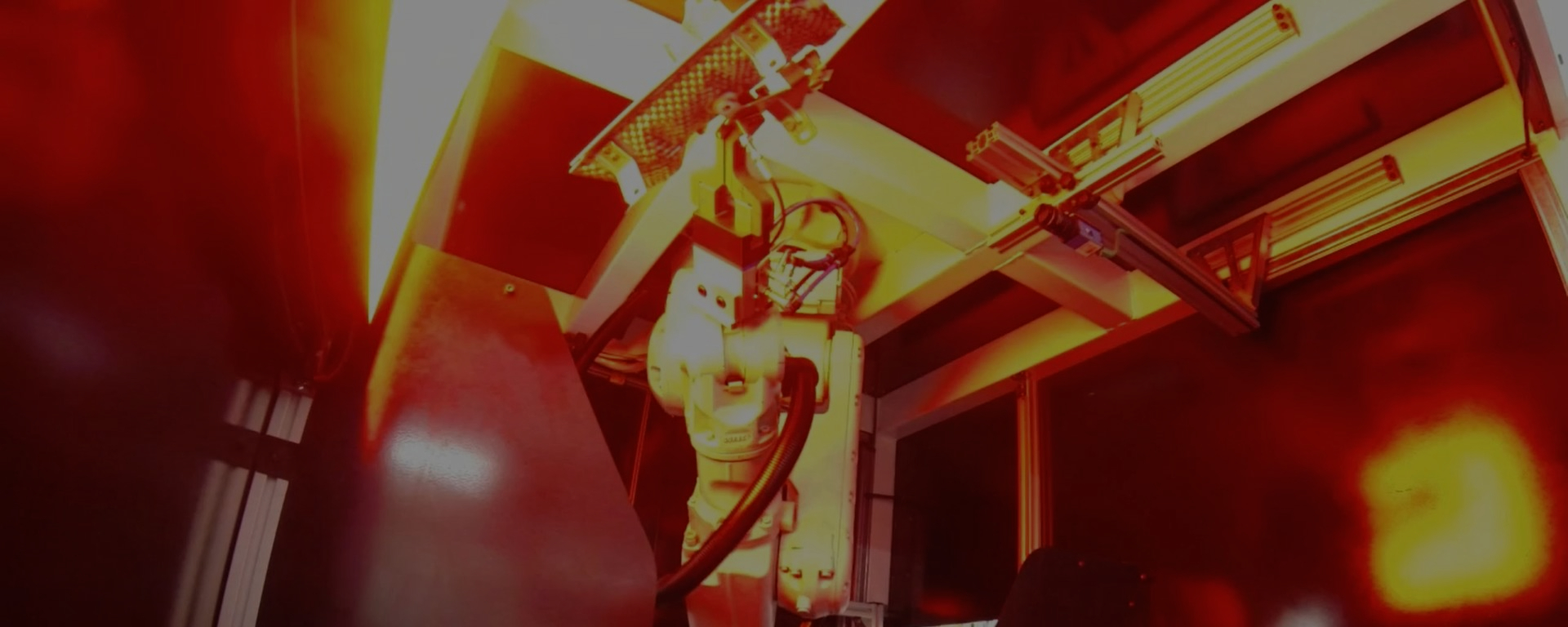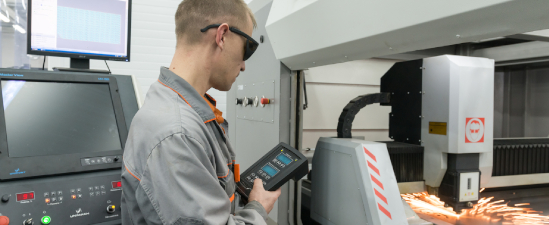What is Andon?
Date Published: 15-04-2020
ANDON refers to the Japanese word for paper lantern. ANDON is one of the most common forms of visual / audible representation within the Lean manufacturing process. ANDON is also one of the principle factors of Jidoka (quality control system). Simply put, ANDON is a way of informing the relevant resources (people) of the state of production. This informing process, or communication process, can take a number of different forms, including visual (stack lamps) or audio (sirens).
What are the objectives to achieve using ANDON?
One of the main objectives of ANDON is to improve the flow of information throughout the production process. This enables an organization to be informed if there are any issues within the production process. It is also a method to stop the production of defective items or products that don’t conform to a chosen standard. ANDON systems also aims to decrease waste caused by delays.
What are the benefits to implementing an ANDON system?
- Improve transparency: Encourage immediate reaction to quality, down time, and safety problems.
- Increase productivity: Bring immediate attention to problems as they occur in the manufacturing process.
- Strengthen flexibility: Improve accountability of operators by increasing their responsibility for good production and empowering them to take action when problems occur.
- Reduce downtime: Improve the ability of supervisors/operators to quickly identify and resolve manufacturing issues.
- Save costs and time: Provide a simple and consistent mechanism for communicating information on the plant floor.
One of the main objectives of ANDON is to improve the flow of information throughout the production process.
Early ANDON systems.
ANDON systems were first implemented in the automotive industry. The commercial concept is one that allows production line employees to suspend production due to quality or safety issues. The innovation is most frequently attributed to William Edwards Deming, an American engineer and management consultant who worked with major Japanese manufacturers throughout the 1950s.
What are the challenges faced in implementing an ANDON system?
- Physical location of interface equipment, eg pull chord stations and beacon lamps are often seen as a very limiting factor when considering an ANDON system. This factor often means that ANDON systems are not very flexible in terms of the physical installation.
- The initial capital outlay of an ANDON system is often seen as the biggest hurdle.
- Installation time, as the ANDON stations are expected to be present throughout your production facility.
- Efficiency, as an ANDON system is measured by its ability to communicate effectively. ANDON systems assumes that the “responder” is looking at the communication board, waiting for a call from a “requester”.
Current ANDON systems
S4 teamed up with US based company MMCallUS and are the current distributors on the African continent. MMCall attempts to reduce the traditional barriers often associated with ANDON systems.
- Effective: Only the responders that need to respond are contacted.
- Flexible: The system is based on wireless battery powered stations (3 year battery life). This means no or minimal infrastructure to be installed. It also means that stations can be moved to fit in with your dynamic production requirements.
- Fast installation timeframe; Installation timeframe is reduced from weeks to days.
For more information, please view this video, or contact S4 at sales@s4.co.za



